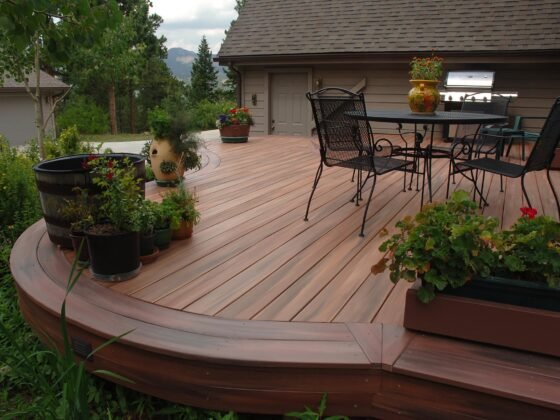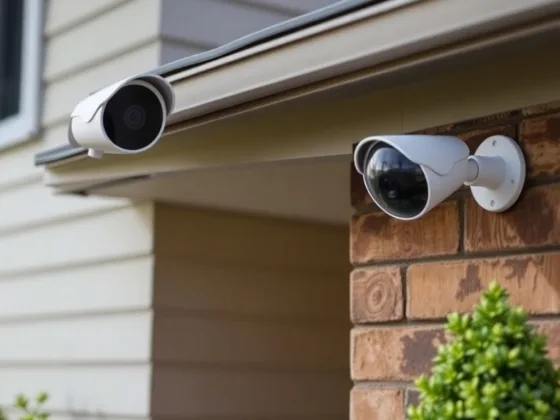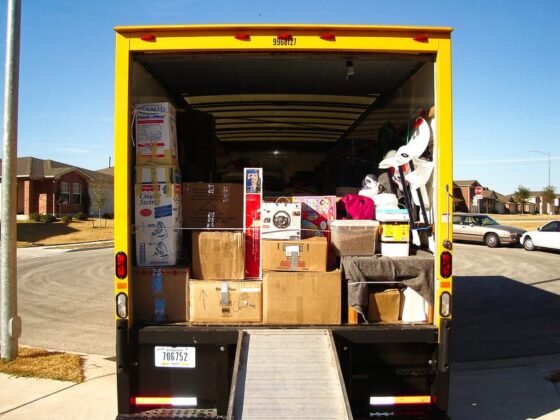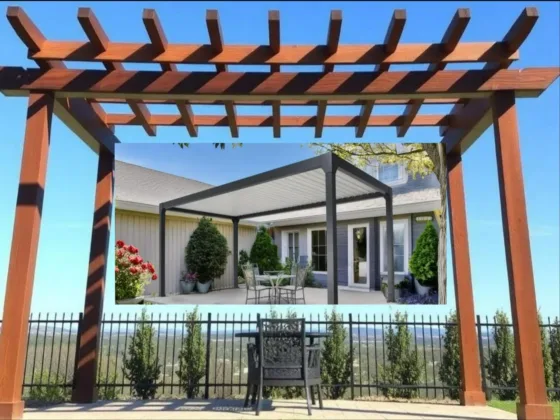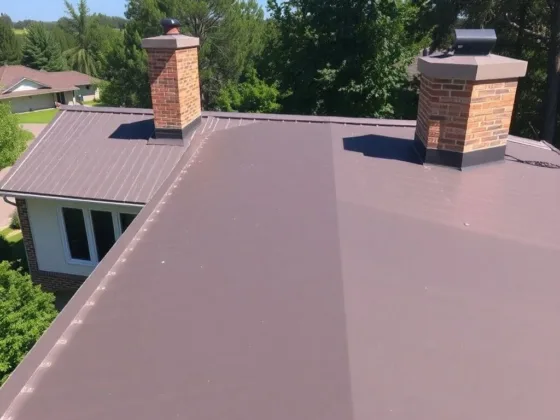Table of Contents Show
When you have a leaking roof, the last thing you’d want to worry about is looking for signs your home needs drywall repair. After all, the best way to know whether the leak will go away on its own is to wait and see how long it takes for the leak to get bigger.
But if you need help now, there are several ways to find out if your home needs drywall repair.

Check the following signs that your home needs drywall repair by reading below.
Read Also:
- How to Install or Repair Drywall for a Kitchen Backsplash
- After the Storm: 11 Signs of Water Damage in Your Home
- A Complete Guide to Home Construction Waste Disposal
- Tips for Enhancing the Bare Appeal of Any Room or Wall
- 5 Construction Industry Trends to Look Out for in 2020
- Necessary Things to Consider Before Construction
- 5 Easy Ways to Find a Stud in Your Wall
Wet or Leaky Areas
The first sign that your house needs drywall repair is when moisture collects in your rooms and, sometimes, in the wet areas of your house such as basements or attics.
It may be difficult to determine whether your wet areas and rooms are actually wet or whether they’re just damp.
However, if your walls appear dry and there’s no evidence of water on your windows, the best place to start is with your roof.
If there’s a leak somewhere else on your house but not on the roof, this may also indicate a problem. If the leak is close to the roof and not far away, your roof may not be leaking at all.
Stagnant Water
When you discover areas of your house where the water has collected, especially in the basement and attic, these areas should be checked thoroughly for leaks or drywall cracks.
You need drywall repair if the stagnant water has caused structural damages to your drywall.
Presence of Air Moisture
Another way to discover the signs your home needs drywall repair is by testing for moisture in the air. The best method is to open a window or an air duct and let the air in.
If the room is filled with moisture, you can then check for leaks or drips. If the air is still cool and not dripping, there may be small leaks in your insulation.
Once you’ve determined where the leaks are, it’s time to do something about them. You can use caulking if you have one, but if the area is larger than one sheet of sheeting, you might need to get professional help.
In addition, you can try to use a caulker to seal the leaks with an adhesive in your drywall.
Structural Damage
There may be more obvious damages to the walls, which you can tell by checking the interior and exterior of the walls for mildew marks, and by checking the woodwork for scratches and dents.
There may be hidden damage to the wall or flooring beneath the roof, which can only be seen by an expert.
Here are the possible structural damages that would warrant drywall repair:
- If your home is older, you should consider the signs your home needs drywall repair because it could have been caused by years of wear and tear on the wall.
Old drywall can sag and bulge in certain places, which can cause gaps to appear around windows and doors, ceilings, and on the ceiling rafters.
- If your drywall is rotting from the inside out, there may be some holes in the wall that have been there for quite some time.
This may mean that there’s a structural weakness in the material or that the drywall is rotting because of water damage.
The holes can often be repaired using epoxy resin, and this will prevent future holes from appearing.
- If there is no moisture in the air and the drywall is free of holes or cracks, then you might not have drywall repair problems.
However, it may be time to have new drywall installed. If drywall repairs are due to water damage, you may have to replace the entire wall.
Why Hire a Drywall Professional?
If you observe the above signs, then your best option is drywall repair done by professional services. It’s highly recommended that you call your local contractor to give your house a thorough checkup.
Drywall also contains a protective layer called urethane. This is a type of compound that’s designed to resist fire.
However, this doesn’t last forever and may need to be replaced. This is another reason why drywall can be harder to repair than wood or paperboard.
It’s also worth noting that if you need to replace any part of the drywall, it will probably have to be custom-made. You will usually have to get in contact with a professional in order to have this done.
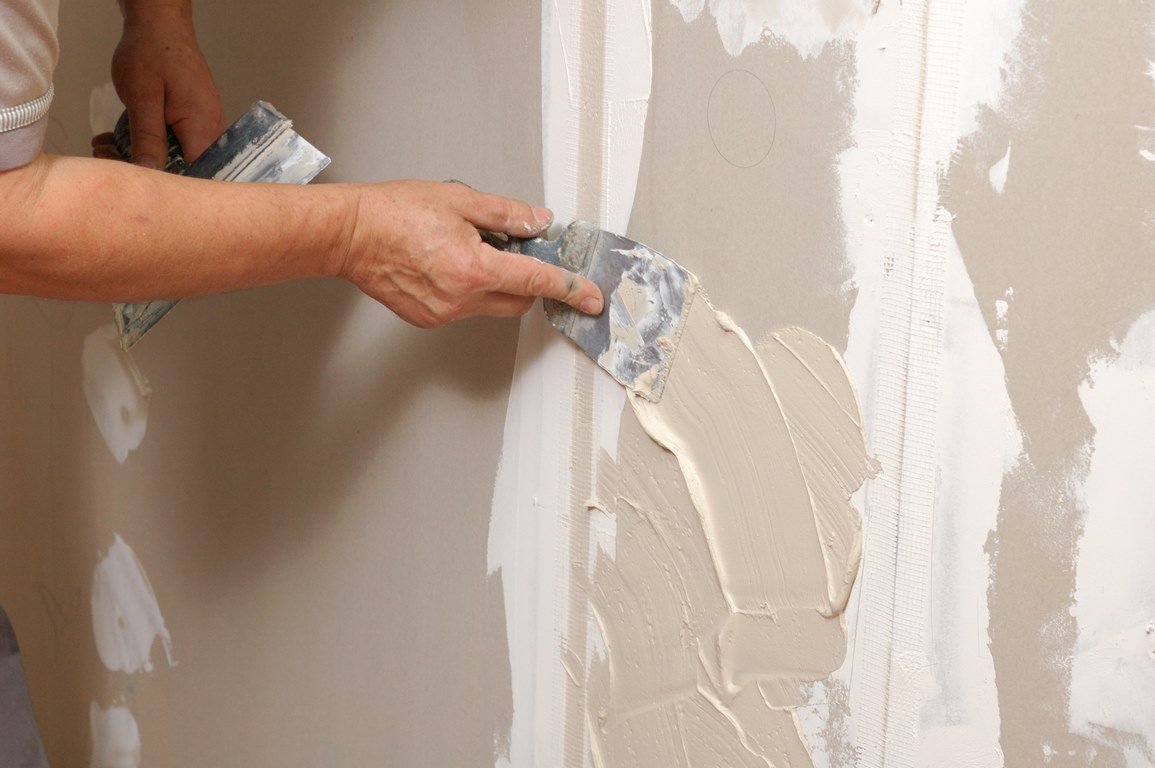
Conclusion
The warning signs that your home needs drywall repair include wet or leaky areas, structural damages, stagnant water, and the presence of air moisture. Make sure to inspect your home regularly to ensure you have drywall in good condition.
There are several different techniques that can be used to determine the extent of the drywall damage, and this will ensure the most thorough cleaning and repair possible.


